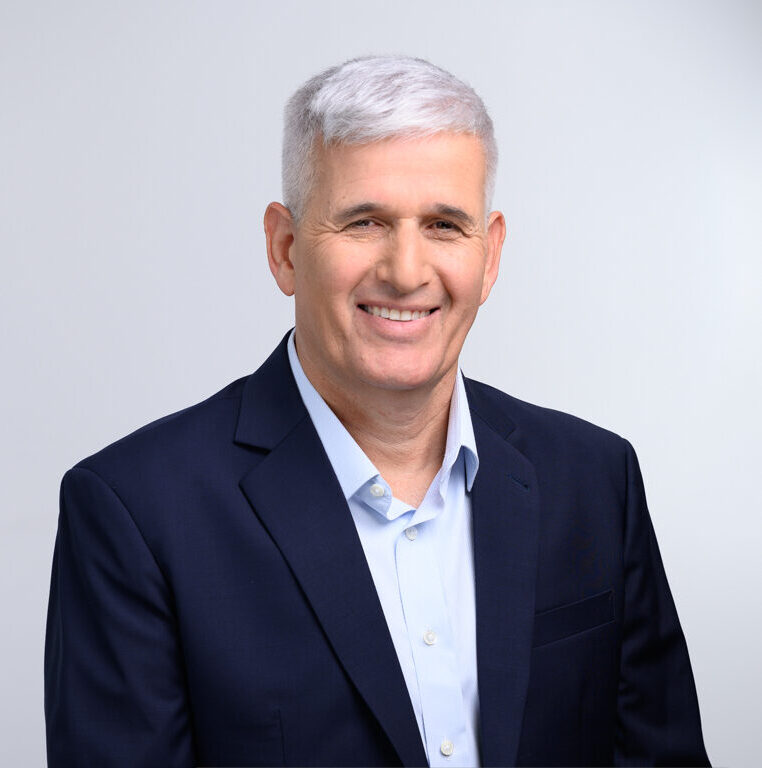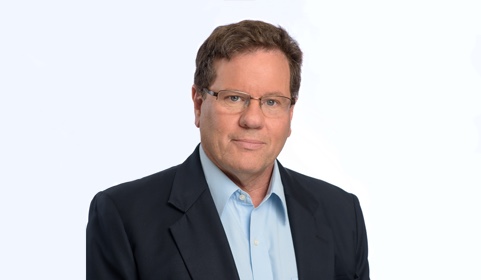Bilsky Decided at Last: Back to Business as Usual


On June 28, 2010 the US Supreme Court has finally handed down its long awaited decision, in the Bilsky v. Kappos (“Bilsky”) case, considered by many to be the most important patent case heard by the US Supreme Court in about 30 years. This case dealt with the question of patent eligibility under Section 101 of the US patent law1. The decision was welcomed news to innovators as it vacated the “machine or transformation” test laid down by the Court of Appeals for the Federal Circuit (CAFC) as the sole criteria determining patent eligibility of a process invention under Section 101, and also corrected the overall belief that prevailed in the wake of the CAFC decision that business method patents are not patentable.
Bernard L. Bilski and Rand A. Warsaw are joint inventors in a patent application that claims a method for hedging trading risk2. During prosecution the claims were rejected by the examiner on the ground that they are not directed to patent-eligible subject matter under 35 Section 101. The applicants appealed the examiner’s decision to the Board of Appeals and Patent Interference (BAPI) and Board affirmed the examiner’s rejection3.This decision was then appealed to the CAFC, which heard the case en banc. The CAFC handed its decision on October 30, 20084, ruling that for an inventions relating to a process, patent eligibility under Section 101 is only where
“(1) it is tied to a particular machine or apparatus, or
(2) it transforms a particular article into a different state or thing”.
This so called “machine or transformation” (“M-or-T”) test became the standard Section 101 patent eligibility test for process inventions in the period thereafter. That CAFC decision, led to significant concerns as it dramatically raised the barrier for patenting of many inventions that involve software (so called “software related inventions”) but in particular the CAFC decision appeared to shut the door to granting patents to inventions on business methods. The previous granting of patents on business methods benefited from a very liberal approach by the USPTO5 reflected in low patent eligibility threshold under Section 101.
This liberal approach followed an earlier decision by the CAFC in 19986 – a decision that led to a flood of granted patents directed to business methods during the period of 1998 to 2008. Also, the reaches of the M-or-T test went beyond the information technology space and was also occasionally applied in patent applications that concern pharmaceutical, biotechnology and diagnostic inventions.
The CAFC decision was appealed to the US Supreme Court, which granted certiorari (namely permitted the appeal) and heard the case in late 2009. The decision was laid down on 28 June, 20107.
In a divided decision8 the US Supreme Court, relying on its own precedents, held that the M-or-T is only a “useful and important clue” but by no means the sole test for patent eligibility under Section 101. Thus, in this respect the decision overturned the CAFC decision that established the M-or-T test as the sole applicable patent eligibility test under Section 101 for a claimed process. The majority opinion also ruled that while Section 101 broadly defines patent eligible subject matter, based on the Supreme Court’s own precedents, there are three exceptions to patent eligibility, these being laws of nature, abstract ideas and natural phenomena.
Business methods, it was noted in the decision, are a form of a process and may, depending on the circumstances, be patent eligible. The Supreme Court’s majority opinion made reference to the prior user defense of such methods provided by Section 2739. The fact there is a specific exemption provision that contemplates patents on business methods means that business methods are patent eligible.
The Supreme Court’s majority opinion noted, however, that this “does not suggest broad patentability of such claimed inventions”10. This all suggests that it is still very challenging to obtain patents on business methods (such as various Internet applications, methods for running advertising campaigns, methods for sales promotion, etc.) and necessitates a measure of sophistication. Moreover, it seems that business method inventions that are divorced of computer implementation (such as the one subject of the Bilski method) are not likely to be regarded as patent eligible under section 101 on the grounds that they constitute mere abstract idea.
Indeed, the majority opinion in the Supreme Court decision affirmed the CAFC’s decision that the claims in the Bilski application were not patentable subject matter under Section 101, albeit not through application of the M-or-T test as done by the CAFC, but rather on the ground that the claims define an abstract idea.
While the Supreme Court’s decision focused mainly on business methods, the majority’s opinion provided was effective to generally alleviate the concerns11 that arose following the CAFC Bilski decision, which was believed to possibly jeopardize the eligibility of even software related inventions which are not business methods (i.e. real “technological” invention in various fields, for example, communication protocols, signal processing, database technologies and others).
Thus, when substantiating the opinion that the M-or-T test should not be the sole test, the court referred to patentability of inventions in the Information Age, to wit: “But there are reasons to doubt whether the [M-or-T] test should be the sole criterion for determining the patentability of inventions in the Information Age”.
It is therefore appears that the rule established by Supreme Court’s decision in Diamond Vs. Diehr 198112 according to which technological software related inventions are patentable in the US will continue to be in effect also following the current Supreme Court’s decision in Bilski.
Citing from the Supreme Court’s majority opinion that “precedent establish that the machine-or-transformation test is a useful and important clue, an investigative tool, for determining whether some claimed inventions are process under §101″, the USPTO, on the day of the release of the Supreme Court’s decision (June 28, 2010), issued interim “Guidance for Examining Process Claims in view of In re Bilski” instructing examiners to continue to apply the M-or-T test in the case of process claims and reject any application that would not meet this test.
On July 27, 2010, the USPTO issued Interim Guidance for Determining Subject Matter Eligibility for Process Claims in View of Bilski v. Kappos which guides the examiners to apply more flexible examining criteria than the M-or-T test. These guidance also invited public comments, to be submitted by September 27, 2010. In particular, the USPTO requested examples of cases of
(i) “claims that do not meet the machine-or-transformation test but nevertheless remain patent-eligible because they do not recite an abstract idea”, or
(ii) “claims that meet the machine-or-transformation test but nevertheless are not patent-eligible because they recite an abstract idea”.
Overall, the USPTO seems uncertain as to the Section 101 patent eligibility criteria established by the Supreme Court Bilski decision (and therefore seeks public input). Thus, it seems the final word on the matter of patent eligibility of business method inventions and other types of inventions in the information technology space has not yet been said.
It will be the role of the CAFC, in future decisions, to draw the line between what is patent eligible and what is not, seeing that the Supreme court did not provide any guidance on other tests that should be applied beyond the M-or-T test and bearing in mind that the Supreme Court is not likely to address the matter of eligibility for patent under section 101 for quiet few years if at all13.
1 35 U.S.C. §101
Whoever invents or discovers any new and useful process, machine, manufacture, or composition of matter, or any new and useful improvement thereof, may obtain a patent therefor, subject to the conditions and requirements of this title.
2 The claims of the Bilski patent application are general business method claims and do not even require a computer for implementation. In fact, brokers in a commodity trading establishment may practice it by using their telephones, paper slips, etc. It is doubtful if the claims can be regarded as novel and inventive, as they seem to read on standard risk-hedging practices which have been in existence since ages. See Claim 1 of the Bilski patent that reads as follows:
A method for managing the consumption risk costs of a commodity sold by a commodity provider at a fixed price comprising the steps of:
(a) initiating a series of transactions between said commodity provider and consumers of said commodity wherein said consumers purchase said commodity at a fixed rate based upon historical averages, said fixed rate corresponding to a risk position of said consumer;
(b) identifying market participants for said commodity having a counter-risk position to said consumers; and
(c) initiating a series of transactions between said commodity provider and said market participants at a second fixed rate such that said series of market participant transactions balances the risk position of said series of consumer transactions.
3 Ex parte Bilski, B.P.A.I. Sept. 26, 2006.
4 In re Bilski, 545 F.3d 943, 88 USPQ2d 1385 (Fed. Cir. 2008).
5 United States Patent and Trademark Office.
6 State Street Bank and Trust Company v. Signature Financial Group, Inc., 149 F.3d 1368 (Fed. Cir. 1998)
7 Bilski v. Kappos, US Supreme Court, June 28, 2010
8 With 5 to 4 majority
9 Section 273 gives a prior user of a patented business method an exemption from infringement.
10 It should be noted, however, that in contrast to this majority opinion, the minority opinion rejected the idea that business method patents are generally patent eligible.
11 Although the initial concern was gradually alleviated, at least to some extent, through a number of subsequent decisions by the CAFC and by the BAPI as well as by the USPTO policy to continue to grant patents for “technological” software related inventions that meet the other patentability criteria prescribed by law.
12 Diamond v. Diehr, 450 U. S. 175, 1981
13 Of note is the fact that almost 30 years have elapsed since the 1981 Diamond vs. Diehr case until the matter of patent eligibility under Section 101 was heard again by the US Supreme Court.
This article is provided for general information only. It is not intended as legal advice or opinion and cannot be relied upon as such. Advice on specific matters may be provided by our group’s attorneys.
